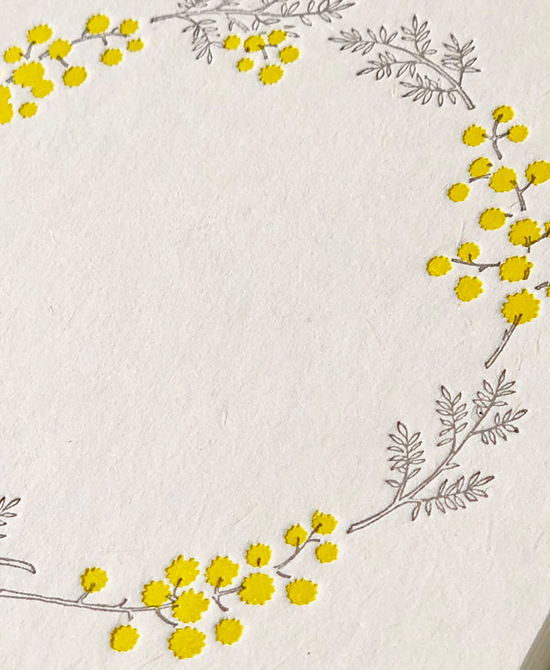Die-Cut: The Magic of Personalized Printing


Die-cut technology is one of the magics of personalized printing. By using die-cutting, printed materials can be cut into various shapes, moving away from the monotony of rectangles and squares. This technique is particularly common in packaging design, where product boxes can have unique contours, adding vibrancy to the brand.
Cutting Die
Used for cutting on printed materials such as paper, cardboard, or other materials before the final form of the printed material is formed. This can be done before the final trimming of large printed materials, or for the final finishing on finished products.
Die-Cut Die
Used for cutting or pressing material into specific shapes or sizes to create printed materials with special shapes. This is very common in the production of packaging, greeting cards, and other printed materials that require special shapes.
Embossing Die
Used for shaping on printing materials to create special concave-convex shapes or textures. This technique is usually used for some special design effects.
Letterpress: Poetic Impressions of Texture


Letterpress printing is a traditional and poetic printing method. In this process, the printing surface of images and text is raised above the surface of the paper, creating a raised effect. This technique is often used to create postcards, invitations, and other printed materials that need a unique tactile representation. The special texture of letterpress gives printed materials a different vitality.


Spot Color: A Solo Dance of Colors
In printing, color is a crucial element. The concept of spot color is to use individual ink colors instead of mixing basic colors to form other colors. This provides designers with greater freedom to accurately present specific color effects. Metallic colors, fluorescent colors, etc., are common applications of spot color.
When applying different printing types to designer toy paper card packaging, consider the following:
1 . Design Elements
Choose appropriate design elements based on the characteristics and target market of designer toys. Letterpress can provide higher graphic texture and three-dimensionality, spot color can emphasize specific color effects, and die-cut printing can achieve a more concise design.
2 . Cost-Quality Balance
Consider the budget and balance cost with quality. Letterpress is usually of higher quality but also relatively expensive, while die-cut printing may be more economical in terms of cost, suitable for projects with limited budgets.


3 . Print Quantity
Different printing types may have more economical advantages at different print quantities. For example, letterpress is suitable for high print quantities, while die-cut printing may be suitable for smaller batch production.
4 . Special Effects
If you want to add special effects to designer toy paper cards, such as metallic luster, fluorescent colors, etc., consider using spot color. This can significantly enhance the product.
5 . Communication and Collaboration
Close communication and collaboration with printing suppliers are crucial. Clearly express design requirements, and obtain print samples to ensure expectations are met.
6 . Environmental Considerations
Consider using environmentally friendly printing materials and processes to meet the growing concerns of the designer toy market about sustainability and environmental friendliness.
A Friendly Reminder
The ultimate choice depends on the specific requirements, budget, and design goals of the project. Therefore, before starting the printing process, it is best to discuss with a professional printing service provider to ensure the best results.









